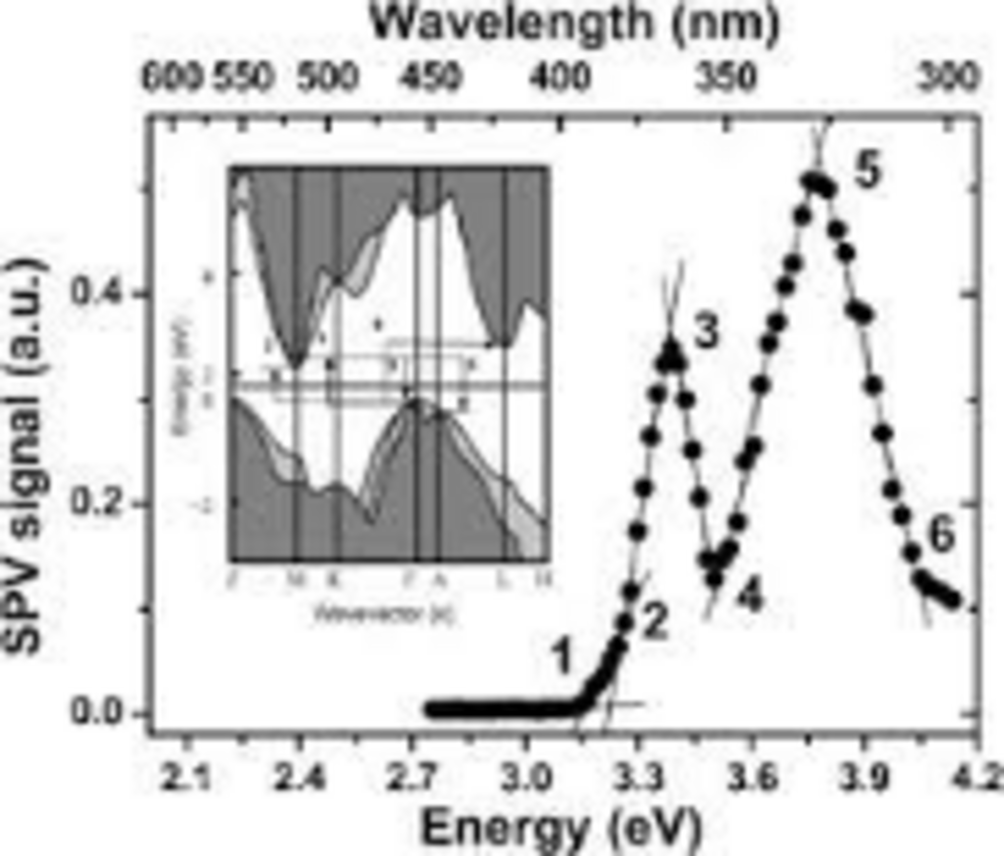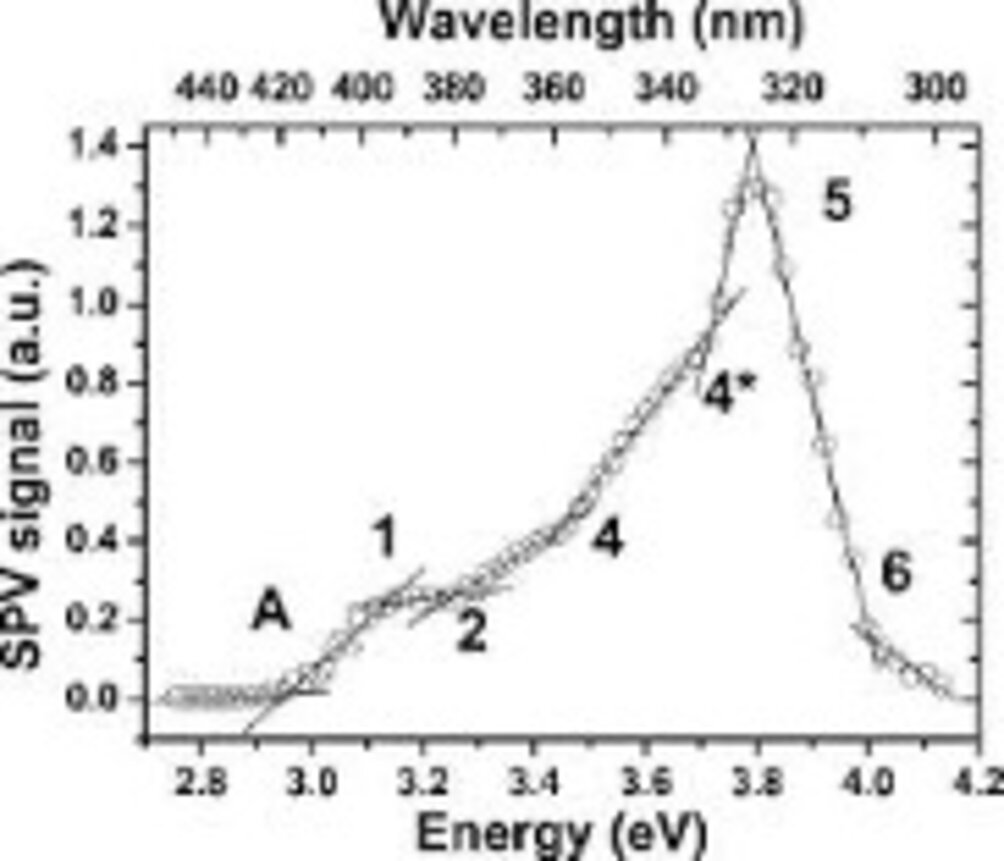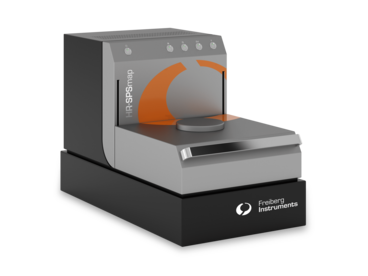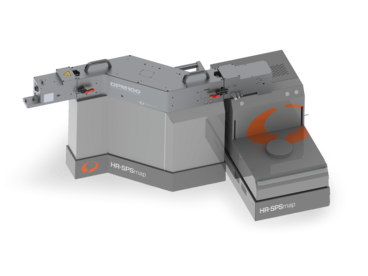Defects in 4H-SiC investigated by surface photovoltage spectroscopy – power semiconductors
Silicon carbide (SiC) high power, high voltage semiconductor devices lead the way not only for superfast chargers and on-board chargers for electrical vehicles (EV), but also power drive trains and power converters for traction applications such as light rails, trams and subways. Traction applications, as well as industrial motor drives, require power semiconductor switches with blocking voltages of 1200 V, 1700 V, 3300 V or even 4500 V (6500 V is still being explored).
Reliability, lifetime and safety of the high power, high voltage semiconductor devices are the key parameters to control at the moment, where the commercially available 150 mm SiC wafers still suffer from some fundamental quality issues related to defects in bandgap of the SiC semiconductor. These issues will still remain on 200 mm SiC wafers, and it is therefore of extreme importance to be able to measure and report the state of the defects before, during and after device fabrication.
The SPVcheck tool equipped with 3 UV light sources with centre wavelengths 355 nm, 365 nm and 450/660 nm is the ideal platform for epitaxial SiC wafer characterization, because it can be used to check the fundamental bandgap edge in a very elegant and fast way. The 450 nm or 660 nm wavelength is used as a baseline reference measurement, because the energy is too low to excite carriers in the SiC material. The 355 nm and 365 nm UV light sources are applied at the same time to the epitaxial SiC wafer, thereby creating a broad square like pulse covering energies in 3.25 to 3.55 eV in one shot.
The transient SPV is measured in the time range from 10 ns and up to 10 ms. If the epitaxial layer on the SiC wafer has too many defects, the excitation of carriers will be weakened and the change in signal over time will be smaller. A perfect epitaxial layer, on the other hand, will have a higher output signal and, more importantly, sharp energy transition peaks in the ms range.
An additional advantage of the square like energy pulse is the fact that the absorption coefficient of SiC is growing linearly with the square of the energy and is heavily temperature dependent. Therefore, by adding a temperature stage, the penetration depth of the UV light can be varied over a large range. Obviously the 355 nm and the 365 nm light sources does not need to switched on at the same time – they can be switched on and off in a modulated pattern with up to 1 kHz switching frequency or very long on and off cycles.
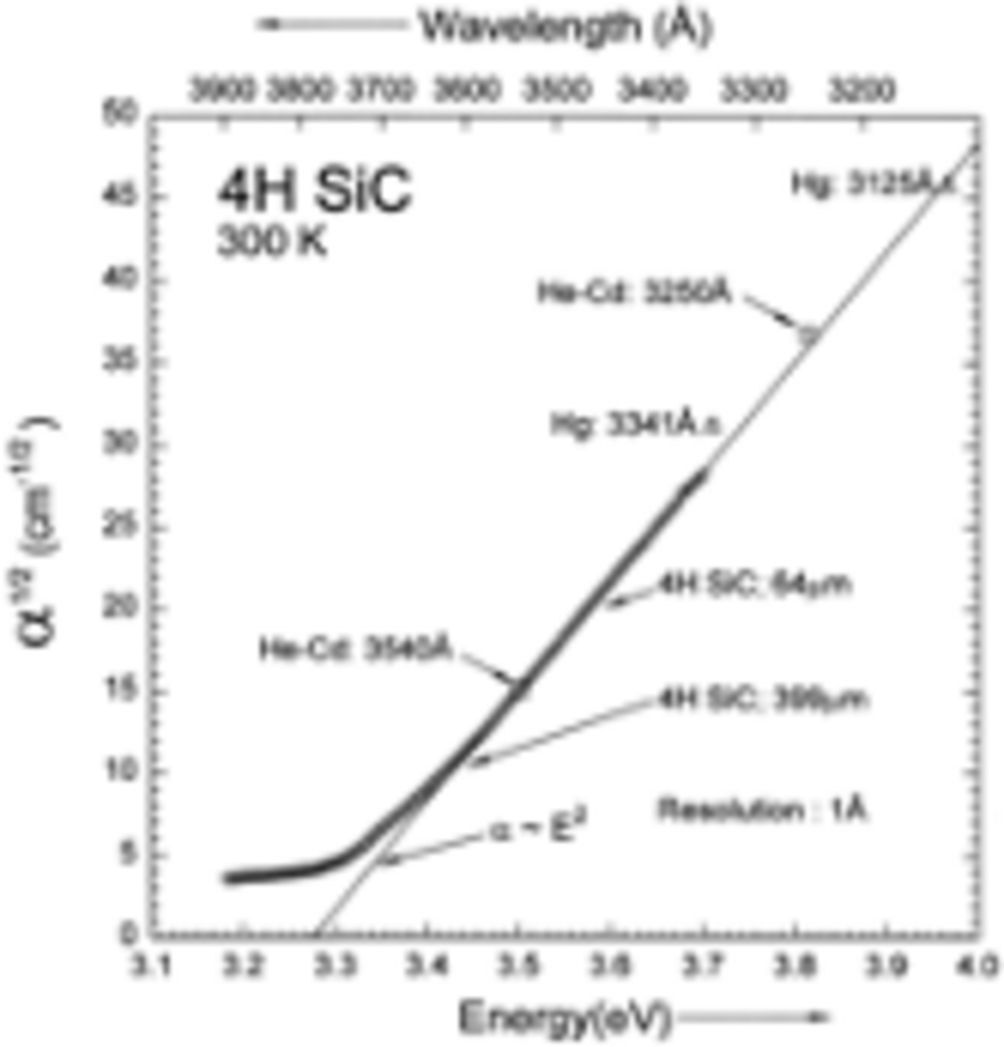
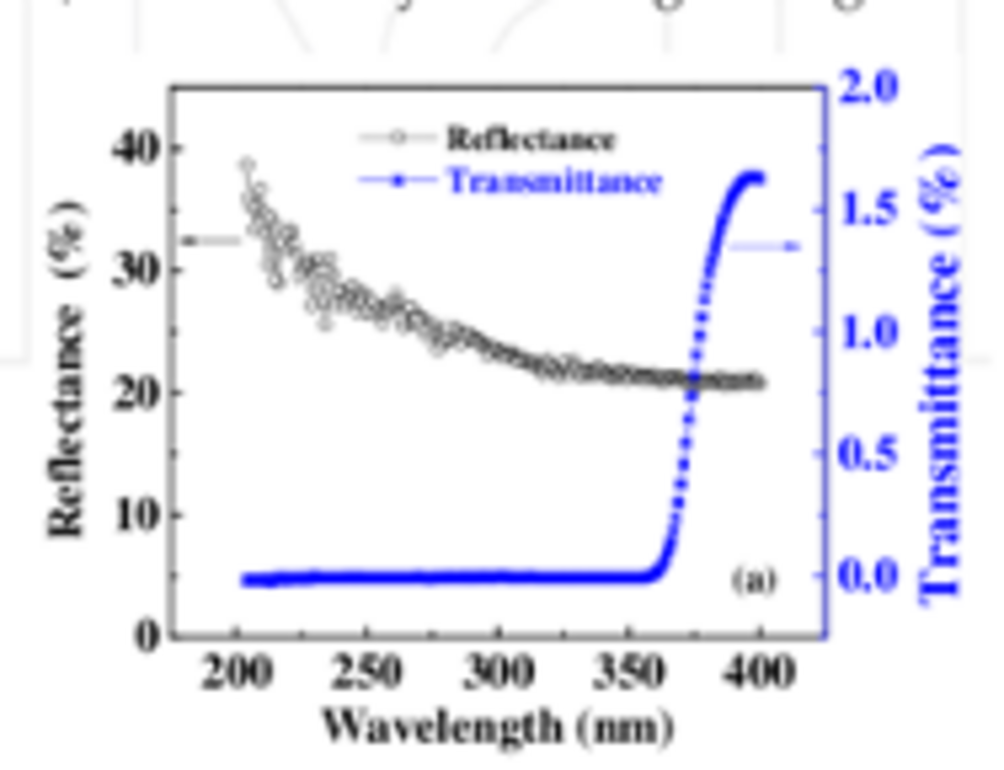
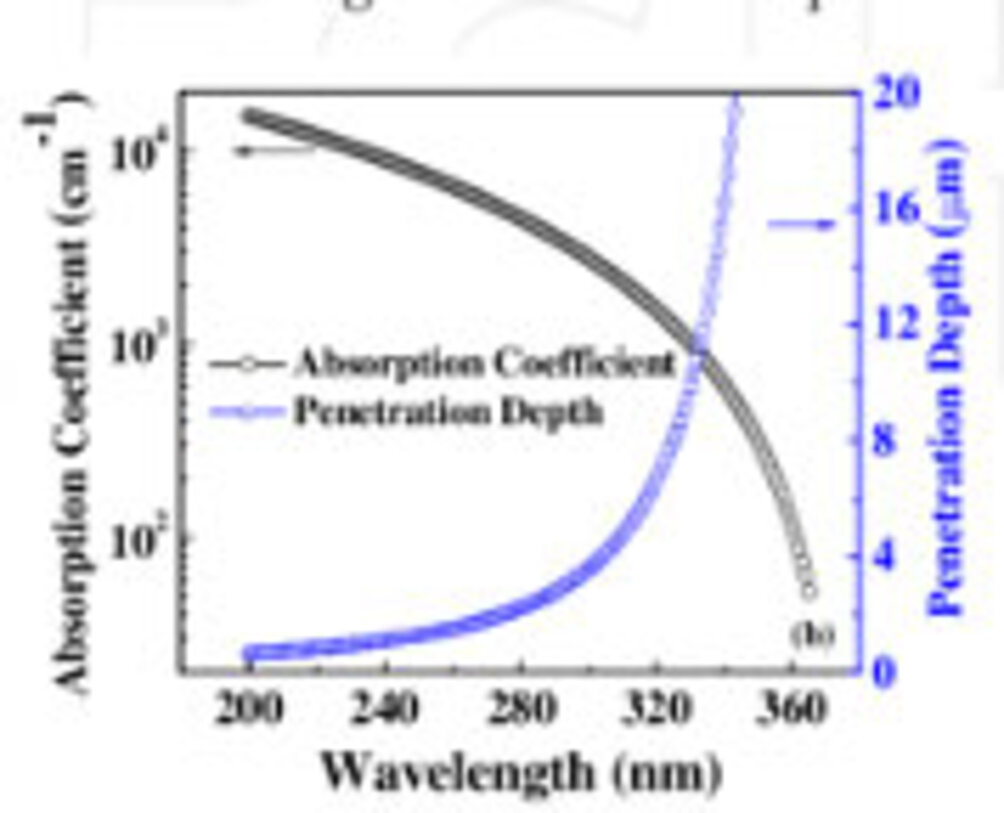
Related Solutions and Industries: Epitaxial Layers & Thin Films
Matching Products
Get in touch
Do not hesitate to contact us – we are available to assist you with any inquiries or requests.
Use our inquiry tool or reach out via email:
sales@freiberginstruments.com
